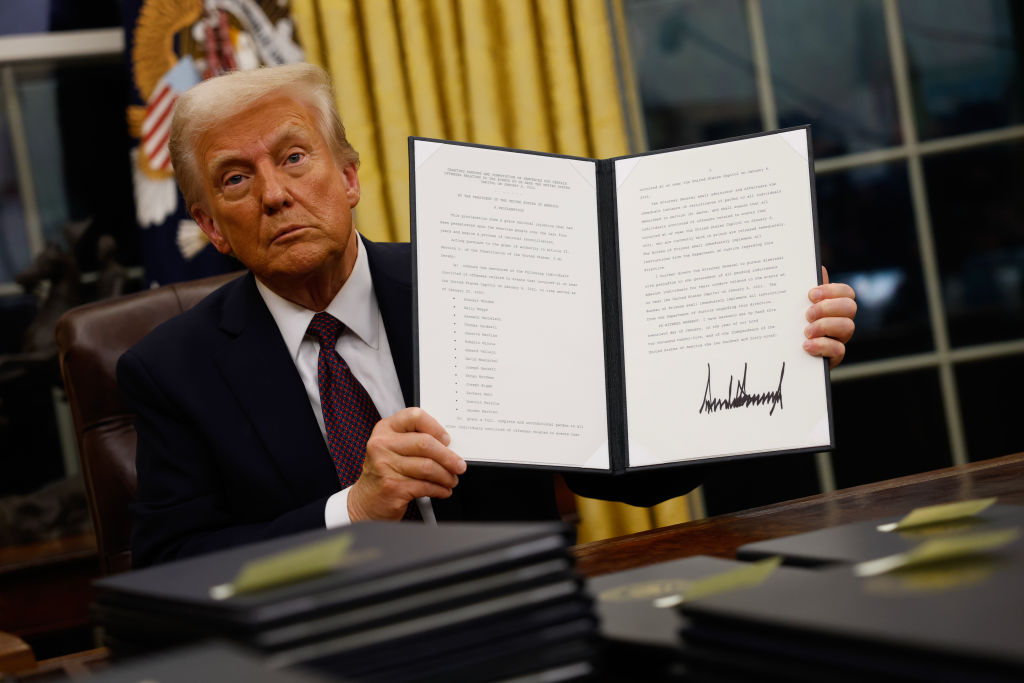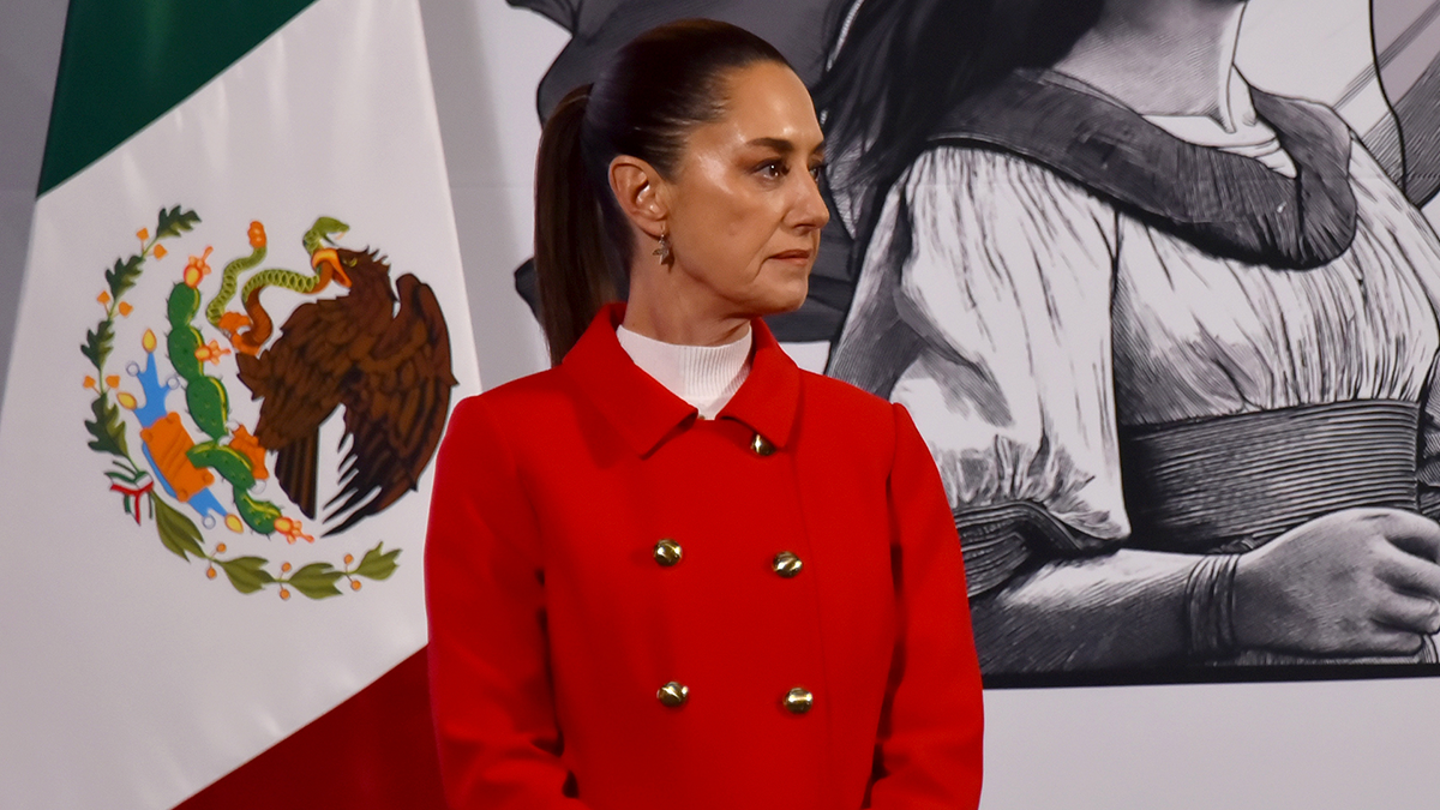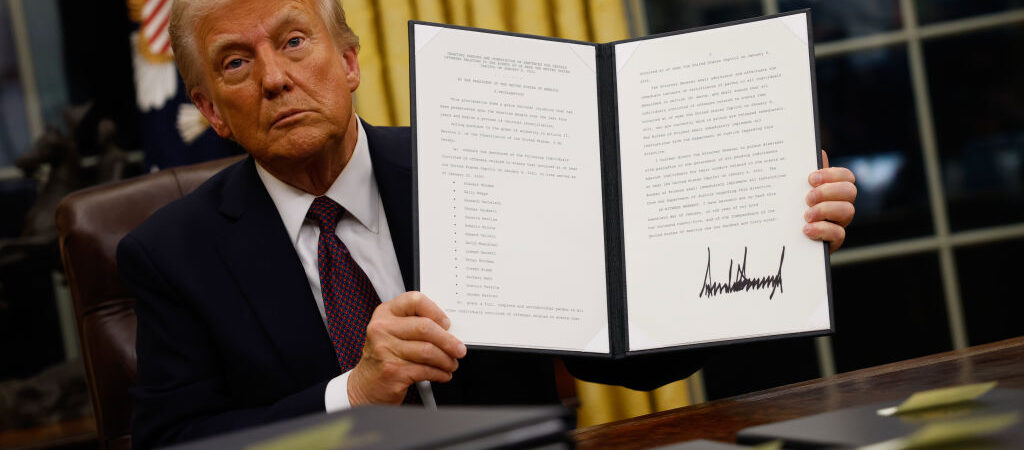In a recent move that has sparked international attention, Mexican President Andrés Manuel López Obrador (AMLO) sent a formal letter to Google, urging the tech giant to reverse its decision to rename the “Gulf of Mexico” on its maps. The controversy erupted when Google Maps began displaying the body of water as “Gulf of Mexico and the Caribbean Sea,” a change that many in Mexico have viewed as an attempt to undermine the historical and geographical significance of the Gulf of Mexico as part of Mexico’s national identity.

The letter, which was sent in late January 2025, has gained significant media coverage in both Mexico and abroad. In it, President López Obrador expressed his concern that the change was not only inaccurate but also disrespectful to Mexico’s sovereignty. The Gulf of Mexico is of great importance to the nation, both historically and economically, as it is a key body of water for trade, tourism, and oil exploration. For many Mexicans, the Gulf represents a vital part of the country’s culture and heritage, making the renaming feel like a direct challenge to their national pride.

In his letter, López Obrador emphasized that the Gulf of Mexico has been recognized by the international community for centuries as a distinct geographical entity, and its renaming would create unnecessary confusion. He pointed out that the name change seemed to ignore the historical ties Mexico has to the Gulf, where much of its coastline lies. The Mexican president also made it clear that he was not objecting to the inclusion of the Caribbean Sea in geographical discussions, but rather to the way the two bodies of water were being lumped together in a way that he felt erased the unique identity of the Gulf of Mexico.

The renaming on Google Maps was reportedly part of a broader update to the mapping service, which included several other minor adjustments to body of water names around the world. However, the decision to change the Gulf of Mexico’s label, which had remained consistent for decades, was met with backlash, particularly from Mexican officials, historians, and citizens. Critics argued that the renaming was an oversimplification that disregarded the significance of the Gulf of Mexico in the context of Mexico’s geography and history.

The controversy quickly gained traction on social media, with many users voicing their support for the Mexican president’s stance. Hashtags such as #DefendamosElGolfoDeMexico (Let’s Defend the Gulf of Mexico) trended across platforms, with thousands of people expressing their opposition to the name change. Many pointed out that such alterations to globally recognized place names should be made with careful consideration of the cultural and political implications.

The issue has also sparked discussions about the influence of major tech companies like Google on global perceptions of geography. Critics argue that corporations like Google have a responsibility to respect national identities and historical contexts when it comes to naming places on maps, given their immense reach and influence. Some have suggested that Google’s decision to rename the Gulf of Mexico might have been made without fully understanding the potential consequences or the sensitivities of the countries involved.

In response to the letter, Google has yet to make an official statement on whether it will revert the name change or continue with its updated labeling. However, the situation has opened a broader conversation about the intersection of technology, geography, and national identity. Many are now calling for increased dialogue between tech companies and governments when it comes to global cartographic decisions that could affect cultural or political perceptions.

As of now, the controversy continues to unfold, with President López Obrador vowing to maintain pressure on Google to make changes. Whether this issue will lead to a broader reevaluation of how tech companies handle geographic names and cultural sensitivities remains to be seen. What is clear, however, is that the renaming of the Gulf of Mexico on Google Maps has ignited a passionate response from the Mexican public, one that underscores the importance of place names and their connection to national identity.



